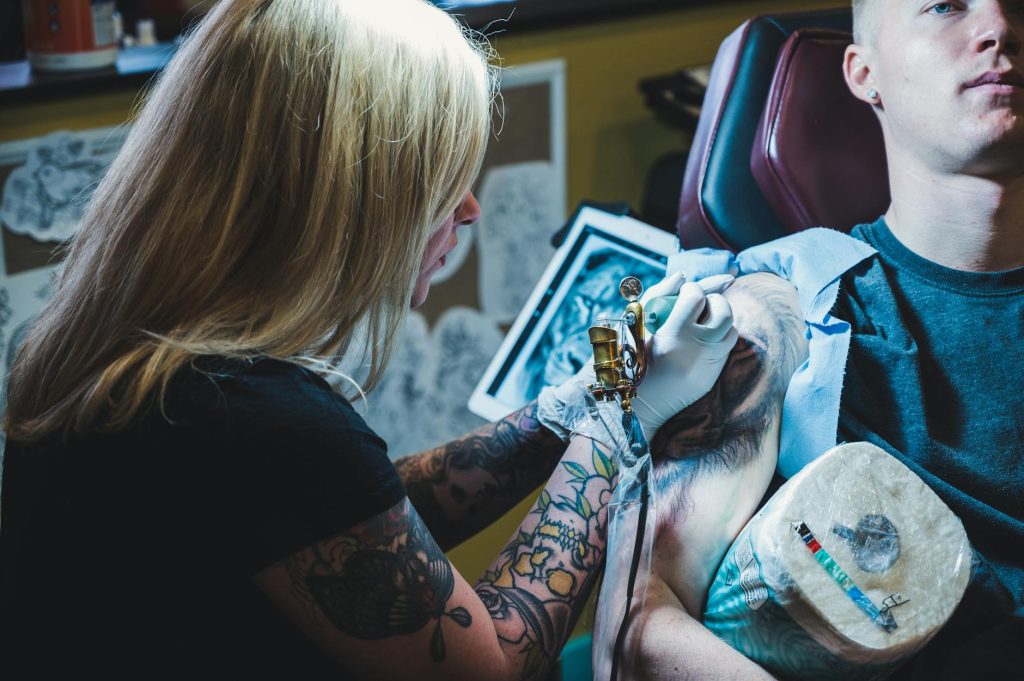The Madrid sidewalk moment that rewired my handshake muscle memory
My first month living in Spain, I trotted down a leafy street in Lavapiés to meet Lucía, a Madrid journalist I’d only emailed. I rehearsed the standard Dominican handshake-plus-half-hug and felt confident—until Lucía leaned in, landed a kiss to my right cheek, pivoted, and delivered a second to the left. My arms froze mid-handshake like faulty windshield wipers. Lucía laughed, “Tranquilo, James, aquí saludamos con dos besos.” I spent the rest of the afternoon chasing her rapid-fire Spanish Vocabulary on greetings, cheeks still warm.
Years later, back in Bogotá, I attempted the double-kiss with a colleague. She recoiled half an inch and offered a formal handshake, reminding me that besos don’t travel the continent on autopilot. Mastering this ritual demands more than counting cheeks; it requires decoding subtle variables—gender, region, formality, even time of day. Consider today’s post your compass so you never collide noses or overstep social distance.
Why lips and cheeks still matter in a text-message era
Physical salutations anchor Latin social architecture. They shrink distance, establish trust, and signal group membership faster than any app ping. Spaniards deploy two besos like parentheses around small talk; Chileans reserve a single beso for closer circles; Colombians oscillate between hearty handshakes and gentle cheek brushes. Ignoring these cues can label you aloof, flirtatious, or worse—unaware.
Beyond manners, each variation injects fresh Spanish Vocabulary into your daily repertoire: verbs like saludar de beso, adjectives like cariñoso, and idioms such as dar dos besos para romper el hielo. Embrace the ritual and you’ll boost linguistic muscles along with cultural EQ.
The choreography: right cheek first, always in Spain
Step onto Iberian soil and the rule feels carved in olive wood: start on the recipient’s right cheek (your left), then switch. Contact is light, lips brush air; the real aim is the soft cheek-to-cheek touch plus an audible kiss pop. Hands may hover near shoulders but rarely hug unless friendship is old. Spaniards maintain this pattern with clockwork precision—even business acquaintances follow it once introductions turn informal.
In Latin America the compass spins. Mexico’s urban centers favor a single left-leaning cheek kiss among friends; rural areas cling to handshakes. The Dominican Republic’s party scene may greet with half-hug-half-kiss combos, especially to sync with bachata beats. Colombia’s interior sticks to handshakes in work settings, swapping to one beso at after-hours gatherings.
Gender dynamics: who kisses whom and why
In Spain, women kiss women, women kiss men, and men often shake hands with men unless bonds are tight. In Argentina and Uruguay, male friends kiss male friends without fuss—proof that machismo turns soft where mate circulates. Colombians rarely see two male executives kiss; a pat on the back suffices.
Knowing when to pivot from besos to handshakes hones practical Spanish Vocabulary like compañero versus amigo or estimado versus querido. Your greeting choice mirrors the noun you select later in the email.
When timing overrides tradition
Arrive late to a crowded Spanish dinner and you’ll still make the rounds delivering besos. Skipping anyone feels like leaving their name off the birthday cake. Conversely, at fast-paced Colombian business breakfasts, colleagues seal deals with crisp handshakes; switching to kisses may jam the agenda. Sunday lunch with the same team, though, might open the cheek gates. Flexibility thrives once you spot environmental cues: seated formalities vs. standing casual clusters, suits vs. sneakers, fluorescent lights vs. candle glow.
Table of tactile terms worth pocketing
| Spanish | English | Usage Tip |
|---|---|---|
| Dar un beso | To give a kiss | Neutral; specify en la mejilla for clarity. |
| Dos besos | Two kisses | Standard in Spain; mention to prep newcomers. |
| Pico (ES/LA slang) | Quick peck | Too intimate for greetings; avoid confusion. |
| Saludo de mano | Handshake | Formal fallback across Latin America. |
| Abrazo | Hug | Common in DR & Mexico with close friends. |
| Cariñoso | Affectionate / caring | Compliment hosts: “Qué saludo tan cariñoso.” |
| Confianzudo | Overly familiar | Warning label if you kiss too soon. |
| Rolar besos (ES slang) | Make the rounds kissing | Street phrase in Madrid parties. |
| Mejilla | Cheek | Cue direction: “Derecha primero.” |
| Puño | Friendly fist-bump | Pandemic fallback; safe but distant. |
Drill these ten aloud while mimicking cheek angles; the somatic memory marries pronunciation with motion, embedding new Spanish Vocabulary deeper than flashcards.
Example scene: greetings collide at a multicultural rooftop
Bea (Madrid, casual)
“¡Javi! Dos besos, venga.”
Javi! Two kisses, come on.
Javi (Bogotá, semi-formal)
“Eh… mejor un saludo de mano, Bea, que ando sudado.”
Uh… better a handshake, Bea; I’m all sweaty.
Valentina (Santiago, friendly)
“Tranquilos, yo aquí con un besito nomás.”
Relax, I’ll just do one little kiss.
Luis (Santo Domingo, playful)
“Pero mi amor, a mí dame un abrazo completo, ¿oíste?”
But darling, give me a full hug, you hear?
I jump between styles, mirroring each:
Claro, Bea—dos besos contigo; Javi, buen apretón; Vale, un beso; y Luis, ven acá para ese abrazo dominicano.
Sure, Bea—two kisses with you; Javi, solid handshake; Vale, one kiss; and Luis, come here for that Dominican hug.
Notice the bold slang—besito and mi amor lean regional; direct addresses clarify whether formality shifts.
Avoiding faux pas: three mis-planted kisses and recovery lines
I once swooped in for two besos with a Mexican client’s wife; she offered one cheek, and we nearly butted heads. I chuckled and said, “Perdona, costumbre española.” Humor plus apology defused tension.
In Quito I gave a handshake to a hostess expecting a beso; her raised eyebrow iced the room. I quickly asked, “¿Puedo saludar con un beso?” Seeking consent melted the frost.
And in Barcelona I kissed right cheek first—but too forcefully. The faint smudge of beard oil on her face made us both blush. Now I lighten contact and pivot swiftly.
Each stumble baked verbs like perdonar and adjectives such as incómodo into my Spanish Vocabulary with unforgettable context.
Training drills for cheek fluency
Daily mirror practice: lean left, soft exhale, audible kiss pop, pivot right. Whisper the greeting that pairs—“Hola, encantado.” On commutes, binge Spanish vlogs; count their besos at meet-ups. At meetups, observe first rounds silently; join second. When unsure, ask: “¿Cómo saludamos aquí?” That meta-question earns smiles and often an immediate tutorial.
Reflection: why cheek culture sharpens broader listening
Greeting rituals act like dialect frequency checks. If you react swiftly to dos besos, your ear is likely tuned to other Iberian cues—like dropping vosotros endings or elongating vowels in gracias. Mastery of physical pragmatics enhances spoken agility; your brain links kinesthetic memory to new phrases, accelerating Spanish Vocabulary intake.
A kiss-and-fly checklist for expats
Before landing, text your host: “¿Se saluda con beso o apretón?” Pack travel-size breath mints and wear non-greasy moisturizer. Mentally note gender and setting: if in doubt, handshake first, follow their lead. Remember, respectful hesitation beats confident misfire.
Share your own mishaps—maybe a triple-kiss surprise in Brussels or a no-kiss zone in La Paz—and help patch the collective map for future cheeks-in-training.









